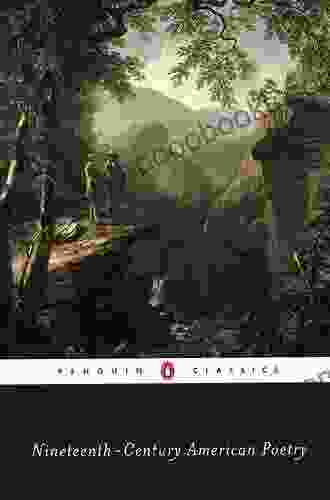The Great Plague and Fire of London: A Tale of Devastation and Resilience

In the bustling streets of 17th century London, two cataclysmic events collided, leaving an eternal mark on the city's history. The Great Plague, a deadly pandemic that swept through Europe, claimed tens of thousands of lives within the city walls. As Londoners grappled with the horrors of the plague, a devastating fire erupted on September 2, 1666, consuming everything in its path. The Great Fire of London would rage for five days and nights, leaving behind a smoldering wasteland.
This article delves into the harrowing tale of the Great Plague and Fire of London, exploring the unimaginable suffering, resilience, and determination of the city's inhabitants. Through eyewitness accounts, historical documents, and vivid descriptions, we will journey back in time to witness this pivotal chapter in English history that forever reshaped London's destiny.
4.5 out of 5
| Language | : | English |
| File size | : | 1524 KB |
| Text-to-Speech | : | Enabled |
| Screen Reader | : | Supported |
| Enhanced typesetting | : | Enabled |
| Word Wise | : | Enabled |
| Print length | : | 326 pages |
The Black Death Returns: The Great Plague Strikes London
The Great Plague was not the first outbreak of bubonic plague to hit London. In the 14th century, the Black Death had decimated the city's population, killing an estimated 30-60% of Londoners. However, the plague that struck in 1665 proved to be just as deadly, if not more so.
The plague was carried by fleas living on black rats, which infested the overcrowded and unsanitary streets of London. As people came into contact with infected fleas or rats, they contracted the deadly disease. Symptoms included fever, chills, headache, vomiting, and the formation of painful buboes, or swellings, in the lymph nodes.
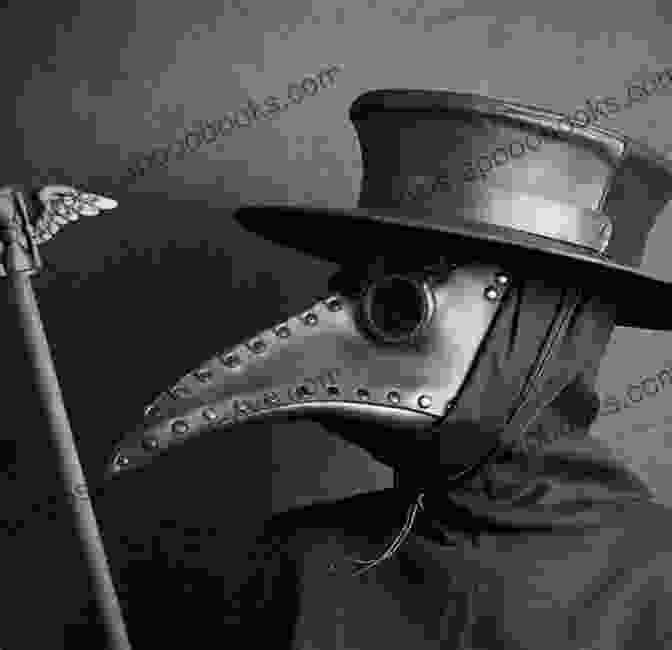
As the plague spread rapidly through the city, fear and panic gripped Londoners. The authorities struggled to contain the outbreak, implementing measures such as quarantining infected individuals and burning infected clothing and bedding. However, these efforts proved largely ineffective.
The death toll mounted rapidly. By the time the plague subsided in 1666, an estimated 100,000 people had died in London, roughly a quarter of the city's population. The streets were filled with the dead and dying, abandoned houses stood empty, and a sense of despair hung heavy in the air.
A City Ablaze: The Great Fire of London
As if the horrors of the plague were not enough, Londoners faced another devastating calamity just a year later. On September 2, 1666, a fire broke out in a bakery on Pudding Lane, near London Bridge. The fire quickly spread, fueled by strong winds and the abundance of wooden buildings in the city.
The firefighting efforts of the time were woefully inadequate. Firefighters relied on bucket brigades and hand pumps, but the water supply was limited and the flames quickly overwhelmed them. The fire raged uncontrolled for five days and nights, consuming everything in its path.
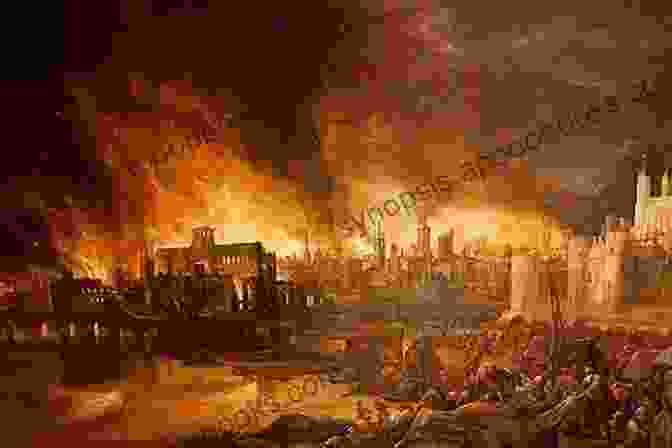
The Great Fire of London destroyed over 13,000 houses, 87 churches, and many other buildings. It left around 100,000 people homeless and caused immense economic damage. The heart of London, including the medieval city and St. Paul's Cathedral, was reduced to ashes.
Despite the devastation, the people of London showed remarkable resilience. They worked tirelessly to put out the fire, rescue victims, and provide shelter for the homeless. The city's government quickly set about rebuilding, implementing new fire safety regulations and creating a more planned and Free Downloadly urban layout.
Aftermath and Legacy
The Great Plague and Fire of London were pivotal events in the history of London. The plague decimated the city's population and left a deep psychological scar on its inhabitants. The fire destroyed much of the medieval city, paving the way for a new era of urban planning and architecture.
In the aftermath of these disasters, Londoners displayed extraordinary courage and determination. They rebuilt their city, creating a more modern and resilient metropolis. The Great Plague and Fire of London became a defining moment in London's history, shaping its character and identity for centuries to come.
Today, the legacy of these events can still be seen in London. Many of the city's iconic landmarks were built after the fire, including St. Paul's Cathedral, designed by Sir Christopher Wren. The Monument to the Great Fire of London stands as a reminder of the devastation and resilience of the city.
The Great Plague and Fire of London continue to fascinate historians and the public alike. They are a testament to the human capacity for both suffering and triumph, and they offer valuable lessons about the importance of preparedness, resilience, and the indomitable spirit of humanity.
4.5 out of 5
| Language | : | English |
| File size | : | 1524 KB |
| Text-to-Speech | : | Enabled |
| Screen Reader | : | Supported |
| Enhanced typesetting | : | Enabled |
| Word Wise | : | Enabled |
| Print length | : | 326 pages |
Do you want to contribute by writing guest posts on this blog?
Please contact us and send us a resume of previous articles that you have written.
 Book
Book Novel
Novel Page
Page Chapter
Chapter Text
Text Story
Story Genre
Genre Reader
Reader Library
Library Paperback
Paperback E-book
E-book Magazine
Magazine Newspaper
Newspaper Paragraph
Paragraph Sentence
Sentence Bookmark
Bookmark Shelf
Shelf Glossary
Glossary Bibliography
Bibliography Foreword
Foreword Preface
Preface Synopsis
Synopsis Annotation
Annotation Footnote
Footnote Manuscript
Manuscript Scroll
Scroll Codex
Codex Tome
Tome Bestseller
Bestseller Classics
Classics Library card
Library card Narrative
Narrative Biography
Biography Autobiography
Autobiography Memoir
Memoir Reference
Reference Encyclopedia
Encyclopedia Dale Wayne Slusser
Dale Wayne Slusser Coach Paula Grooms
Coach Paula Grooms John Bush Jones
John Bush Jones Cristina Garcia
Cristina Garcia Crystal Marie Fleming
Crystal Marie Fleming Harold Washington
Harold Washington Conrad Birmingham
Conrad Birmingham Craig Unger
Craig Unger Ken Eidson
Ken Eidson Conor Mcpherson
Conor Mcpherson D V Aleman
D V Aleman Creative Sounds Academy
Creative Sounds Academy Daniel Horowitz
Daniel Horowitz Dan Chen
Dan Chen Cynthia A Branigan
Cynthia A Branigan Michael Neuman
Michael Neuman Corinne Fowler
Corinne Fowler Kate Heartfield
Kate Heartfield Cosmopolitan
Cosmopolitan Constance Kamii
Constance Kamii
Light bulbAdvertise smarter! Our strategic ad space ensures maximum exposure. Reserve your spot today!

 Michael CrichtonClassic Festival Solos Tuba Volume Piano Accompaniment: A Concert-Hall...
Michael CrichtonClassic Festival Solos Tuba Volume Piano Accompaniment: A Concert-Hall...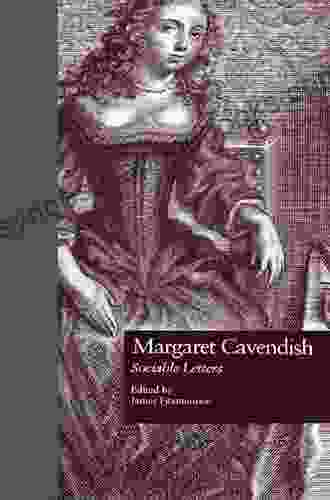
 Rubén DaríoDiscover the Literary Treasures of "Sociable Letters": A Timeless Anthology...
Rubén DaríoDiscover the Literary Treasures of "Sociable Letters": A Timeless Anthology... Herman MitchellFollow ·2.2k
Herman MitchellFollow ·2.2k Joshua ReedFollow ·2.3k
Joshua ReedFollow ·2.3k Hudson HayesFollow ·8.6k
Hudson HayesFollow ·8.6k Noah BlairFollow ·13.9k
Noah BlairFollow ·13.9k Samuel WardFollow ·18k
Samuel WardFollow ·18k Cade SimmonsFollow ·12.3k
Cade SimmonsFollow ·12.3k Henry Wadsworth LongfellowFollow ·6.7k
Henry Wadsworth LongfellowFollow ·6.7k Eddie PowellFollow ·11k
Eddie PowellFollow ·11k

 Cooper Bell
Cooper BellKids Rule Box Office Hits for the Elementary Player
Empowering Young Performers:...
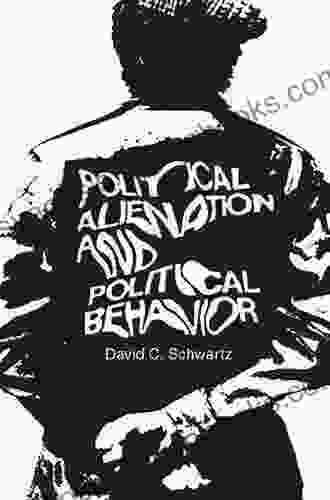
 Gabriel Blair
Gabriel BlairUnraveling the Enigma: Political Alienation and Its...
In the labyrinthine tapestry of human...

 Anthony Burgess
Anthony BurgessBe a Great Singer: Unleash Your Musical Talent with...
Do you dream of singing with...

 Heath Powell
Heath PowellDive into a Musical Masterpiece: "10 for 10 Sheet Music...
An Enchanting Journey Through Broadway...
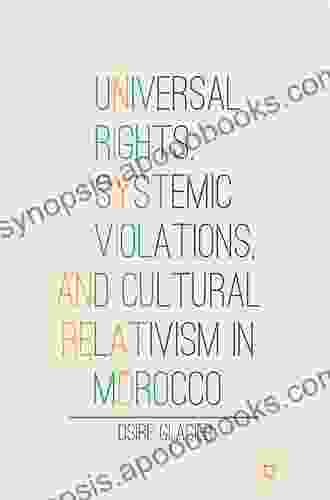
 Guy Powell
Guy PowellUniversal Rights, Systemic Violations, and Cultural...
The notion of universal human rights is a...
4.5 out of 5
| Language | : | English |
| File size | : | 1524 KB |
| Text-to-Speech | : | Enabled |
| Screen Reader | : | Supported |
| Enhanced typesetting | : | Enabled |
| Word Wise | : | Enabled |
| Print length | : | 326 pages |







